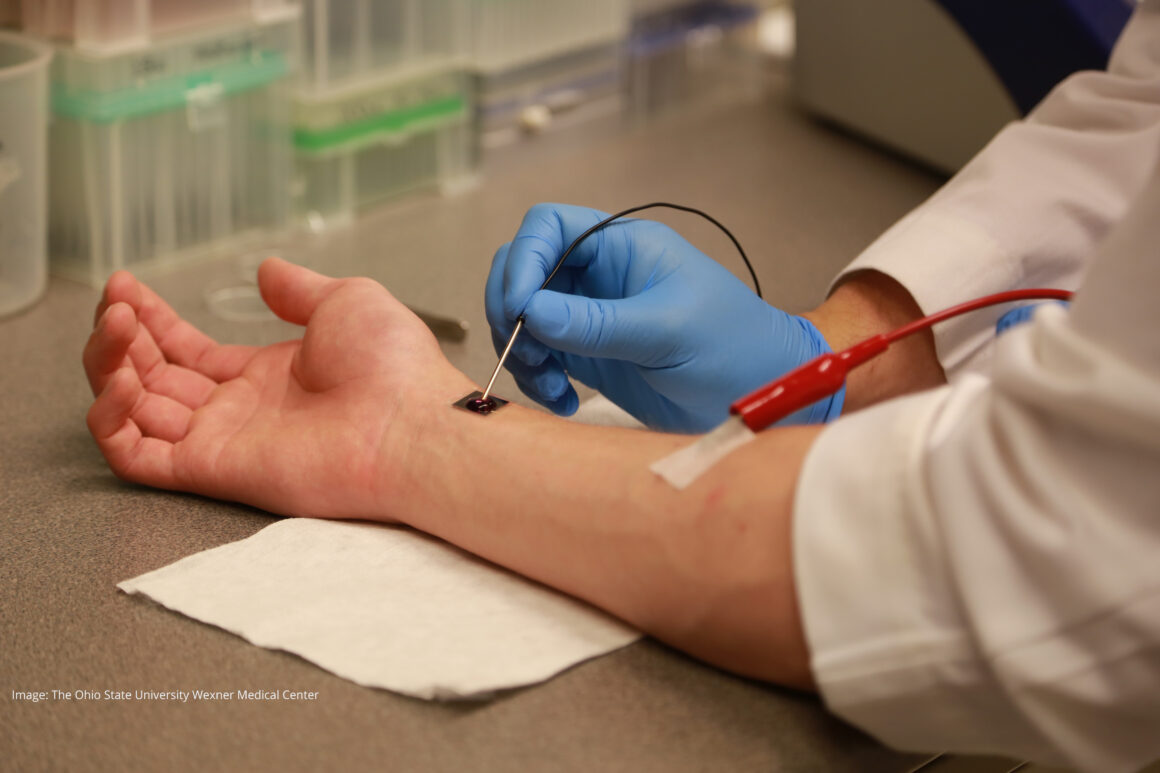By Robb Taylor
A quick primer on cell reprogramming: for decades, stem cells have been considered to be one of the most promising keys to preserving health and promoting human longevity. Scientists have researched the possibilities of stem cell therapy, connecting it to anything from heart health to cancer “cures.” If there ever was a medical miracle, stem cells could be it.
The core reason stem cells are so full of potential is more about what they are not than what they are. Embryonic stem cells are not, more or less, anything; they’re a blank canvas, “unspecialized” cells that can be programmed to become other cell types – like new, healthy heart tissue.
Stem cell research is not without its problems, though. One of the larger issues surrounds ethics concerns, which began to surface during the George W. Bush administration in 2001. Bush signed an executive order that limited the number of lines of embryonic stem cells that could be used for medical research.
Although those limits were lifted during President Obama’s first term, some controversy remains, and the Bush-era regulations set the science back a decade or more. But there is a silver lining. Understanding the promise of cell reprogramming, scientists have begun to look elsewhere for stem-cell like benefits.
Researchers at The Ohio State University College of Medicine may have made an almost unbelievable breakthrough. They claim that a new technology could change the way we heal damaged or aging tissue, including blood vessels, organs and even nerve cells.
The technology, called Tissue Nanotransfection – or TNT – is a non-invasive process that can generate any cell type within a patient’s body.
Researchers claim skin cells can be converted into other cell types with just a single touch, which activates a nanochip that helps change the cells. The chip, when it receives a small electrical current, delivers new DNA or RNA into the skin cells, and the change begins.
While the technology is extremely new, the team at OSU has experienced impressive results. In one case, researchers were able to reprogram skin cells to become vascular cells to increase blood flow to an injured leg. Before treatment, they believed the leg would have to be amputated. Within one week of treatment, cellular transformation had begun. By week two, active blood vessels had appeared in the damaged leg. By the third week, the leg was saved.
In a separate instance, TNT was used in lab tests to reprogram skin cells as nerve cells, which were then removed an injected into mice that had suffered stroke-related brain injuries. Just weeks after treatment, the injuries were healed and normal function was regained.
According to the scientists leading the studies, the technology has so far worked 98-percent of the time. Clinical trials in humans could begin as early as 2018.
Robb Taylor is a health and longevity news correspondent, creative director, writer and producer for Living Beyond 120. He researches, writes and reports on technologies, practices and philosophies linked to longevity and human wellness.
Twitter: @RobbTaylor120










